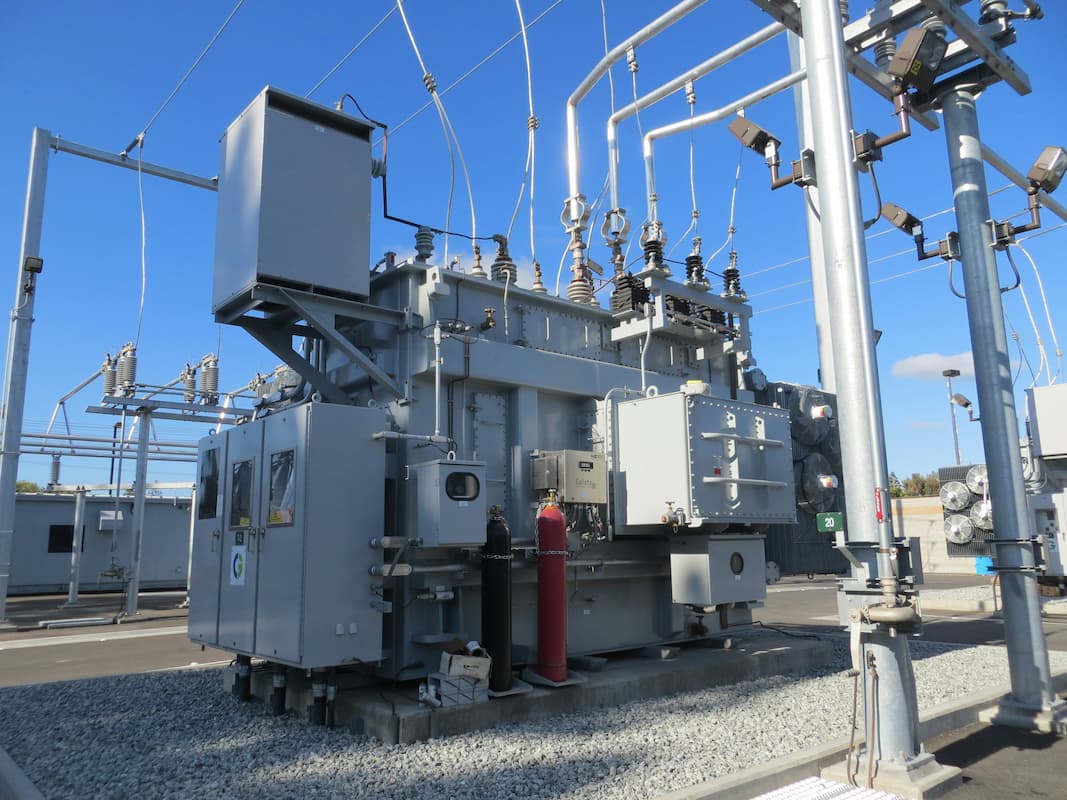Without Congressional Action, It Would Take 15 Years to Recover Energy Efficiency Jobs
Let's Save Energy
Alliance to Save Energy's Blog

When last month’s clean energy unemployment analysis was released, we here at the Alliance were pleased to see that after devastating job losses since the start of the COVID-19 pandemic, the energy efficiency sector added back 71,800 jobs in June. However, with hundreds of thousands of efficiency workers still unemployed, we knew it was far too early to breathe easy, and many questions remained about whether the growth would hold. Unfortunately, July’s report – released today by E2, E4TheFuture, and other partners – confirms what we suspected: energy efficiency job growth stagnated in July, adding back just 2,100 jobs for a growth rate of 0.1%. Many states saw only single digit growth; for example, West Virginia added a grand total of four efficiency jobs in July.
At that rate of growth, it would take 15 years just to recover the energy efficiency jobs lost since February – and that’s only if gains continue, with increasing concern that losses are becoming permanent. This is particularly painful given that prior to COVID-19, energy efficiency had a strong growth rate, adding more jobs over the past five years than any other energy industry.
With 357,870 energy efficiency workers – 15% of the workforce – still out of a job, this report provides concrete evidence that the sector will not rebound on its own any time soon and that Congress should intervene with stimulus measures. Labor statistics for the economy as a whole also indicate this: national job gains slowed significantly since June, and initial job loss filings remain at a level more than 50% higher than any week in our history prior to March.
While economy-wide relief is needed, the reports demonstrate the parallel need for targeted stimulus policy, with different sectors reacting in distinct ways to the shockwaves of the pandemic. For example, leisure and hospitality saw nearly 5% growth in July, accounting for one-third of the gain in employment seen in the monthly Department of Labor report. While all job losses are distressing, Congress should focus on sectors that can have the biggest impact and are susceptible to permanent damage. The construction and manufacturing workers who make up the efficiency workforce are largely dependent on the overall health of the economy and consumer confidence, which dropped six points between June and July alone.
To that end, the Alliance has put together a series of proposals that can both get energy efficiency workers back on the job quickly while addressing long-term recovery. Multiple reports have already proven that an energy-efficient stimulus would be effective; for example, an analysis released last week by the American Council for an Energy-Efficient Economy found that proposed efficiency stimulus measures would create 1.3 million jobs. The Alliance’s tax policy proposals alone would create nearly 600,000 of these positions. Although COVID-19 negotiations on the Hill have stalled, we hope lawmakers on both sides of the aisle recognize the clear need and solution to save this workforce as talks continue.
RECENT BLOG POSTS
STAY EMPOWERED
Help the Alliance advocate for policies to use energy more efficiently – supporting job creation, reduced emissions, and lower costs. Contact your member of Congress.
Energy efficiency is smart, nonpartisan, and practical. So are we. Our strength comes from an unparalleled group of Alliance Associates working collaboratively under the Alliance umbrella to pave the way for energy efficiency gains.
The power of efficiency is in your hands. Supporting the Alliance means supporting a vision for using energy more productively to achieve economic growth, a cleaner environment, and greater energy security, affordability, and reliability.



